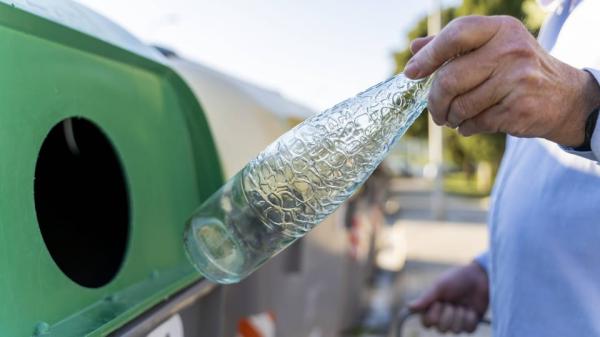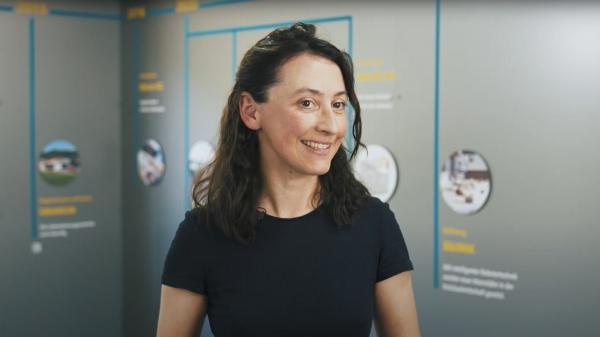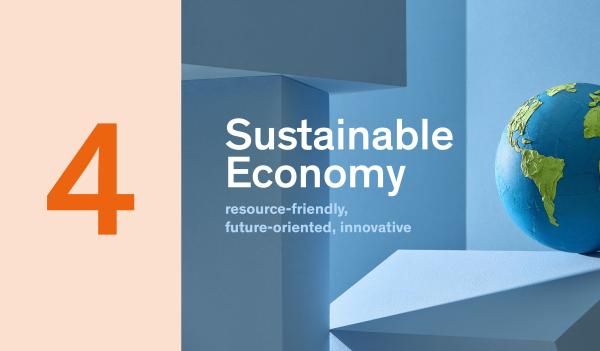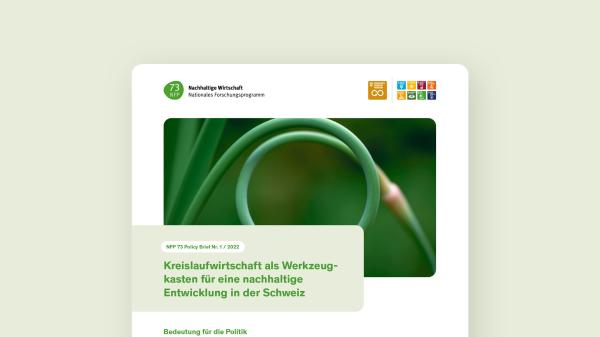Circular economy
Everyone is talking about the “circular economy” – but is it also sustainable? Various projects in NRP 73 examined this question, and their findings have been summarised in this thematic synthesis.

Background
Closing loops, as nature shows us, should make us independent of primary resources and avoid the problem of waste. However, it is unclear which strategies have the greatest environmental benefits, how they can be implemented economically and what regulatory and systemic obstacles there are.
Aim
Decision-makers in business and society are looking for support for the successful and effective design of cyles. The research projects in NRP 73 therefore aimed to investigate conditions for the sustainable circular economy and develop methods for decision-making. The thematic synthesis summarises the findings.
Results
NRP 73 research projects investigated conditions and developed methods to enable sustainable designs for cycles. The spectrum of support for companies and legislators for implementation of a sustainable circular economy ranges from product design to indicators to business model innovation. The circular economy is more than just recycling – changing attitudes, reusing and repairing can also save resources and reduce environmental impacts. However, there is no catch-all solution or waste hierarchy. From an environmental perspective, different circular strategies are prioritised for different products and services. What ultimately counts is how effectively a cycle can reduce environmental impacts and consumption of resources. A paradigm shift to long-term, global, systemic thinking is needed for successful, effective implementation. Designing a cycle requires collaboration throughout circular value chains. This concerns in particular the design of products and services, as well as new business models and possibilities for redistribution of profits between the partners involved: if only one party in the cycle makes a profit, the circle is not completed. Legislation can and must support this process by providing incentives for collaboration and green product design, as well as defining and applying targets and indicators that prioritise sustainability.
Implication for research
The NRP 73 projects have made a significant contribution to expanding and clarifying our knowledge and understanding of sustainable loops. The research findings have been published in numerous publications and have received international recognition. However, they have also raised new questions, which are now being pursued in further national and international projects.
Implication for practice
Through the research from NRP 73, companies and legislators have gained new methods, indicators and decision-making aids to promote the implementation of a sustainable circular economy. There is considerable interest on the part of industry, and the findings are already being applied.









